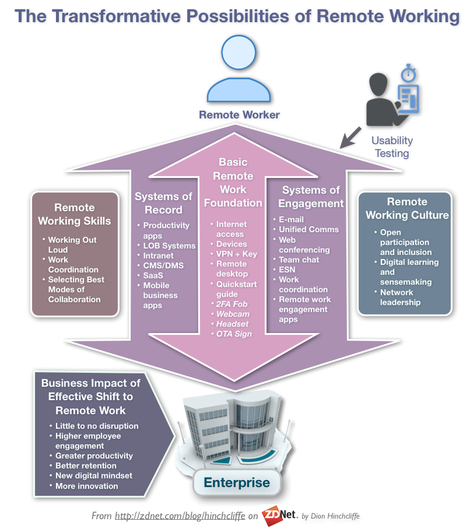
Remote teams are quickly becoming the norm across the globe. There are a host of companies who operate 100% remotely from big businesses to small startups. Whilst the benefits of people working remotely far outweigh the pitfalls, managing a remote team is challenging. You are dealing with different people from different places in different time zones, with different cultures, work ethics and ways of communicating. Things are bound to get interesting. However, by taking heed of our suggestions below you will have tackled some of the top challenges remote team managers face and be well on your way to growing a remote team that feel valued, stick around and, most importantly, are productive.
Communicate, communicate, communicate

Communication is at the top of every remote team manager’s list of challenges. It is generally at the root of just about every issue that arises. Effective communication is key to the success of any group effort and it is particularly crucial for remote teams.
First and foremost, the strategy of the team, the roles of each of the team members and the responsibilities and expectations of individuals must be clearly communicated. The communication process is only complete once there is understanding so, it is imperative that feedback is received from all team members to ensure that everyone is on the same page.
Get a little help from technology
There are a myriad of communication tools available to improve effective communication. From instant messaging and chat to project management boards and VoIP cloud-based phone systems complete with a full-on management suite. There is no excuse for poor communication in this day and age.
Establish which communication tools are best suited to your team and then use them. You may need a combination of one or two but do avoid using too many as that in itself can hamper communication by causing uncertainty to what tool should be used for which purpose.
Keep the channels you’ve chosen open at all times so that you and your team can easily share problems or come up with solutions. Have a one-on-one meeting with each team member as well as team meetings.
Be creative with your scheduling

One of the benefits of working with a remote team is that it increases productivity enormously. It can be taxing on team managers though (particularly when working across time zones) not knowing if their team is working, logging in for scheduled shifts, or reaching the milestones set for them.
Communicate with each team member and establish the best way of working with them as an individual in terms of hours worked and expectations. Use tools to record remote team meetings or conferences so that the entire team can be kept up to date even if they haven’t been able to attend live. Use a phone system that offers time-based routing and hunt groups to manage the flow of calls to team members according to the shifts they’re working.
Build Strong Team Culture

If a team leader or project manager intentionally makes an effort to build a strong team culture, especially if the team is virtual, they will maximise their team’s productivity. The keyword is ‘intention’. Being physically separated has many challenges for a team as it is.
Energy levels vary and time zones can make team meetings difficult to schedule. It’s challenging to stay up to date with what each team member is doing and to stay in regular contact with them in-between meetings. A team leader’s greatest challenge is managing goals and expectations and keeping the whole team inspired and engaged.
Building a strong team culture around the importance of each individual; clearly defined processes, outcomes and deadlines; and good communication will foster a dynamic and collaborative team that consistently delivers a quality product or service.
Here are three ways that will help you do this:
- Be clear on why you are doing what you’re doing and remind team members to do the same.
- Meetings should always have an agenda. Even if there are just two people at the meeting. A meeting without structure is a waste of time. An agenda helps you focus on what you are doing. It provides the framework for the minutes which will contain action items and goals. Make sure you distribute the agenda at least 24 hours before a meeting and allow team members to add items to the agenda.
- Keep things real. It is easy to feel isolated when working virtually. With all the collaborative tools available technology has made working virtually extremely efficient and it is easy to forget that you are dealing with other human beings. One way of doing this is to start meetings by giving each member of the team a few minutes to share something personal or anecdotal. You could also schedule a regular virtual Happy Hour or have a wrap party after reaching a milestone in a project where people can talk about what reaching that milestone means for them. Make time to connect personally in-between official meetings with each team member.
With effective communication, using some of the amazing technology available, finding efficient ways to work with multiple schedules, and building a strong team culture, your team will be all set to accomplish their tasks on time and up to your company’s standards.




